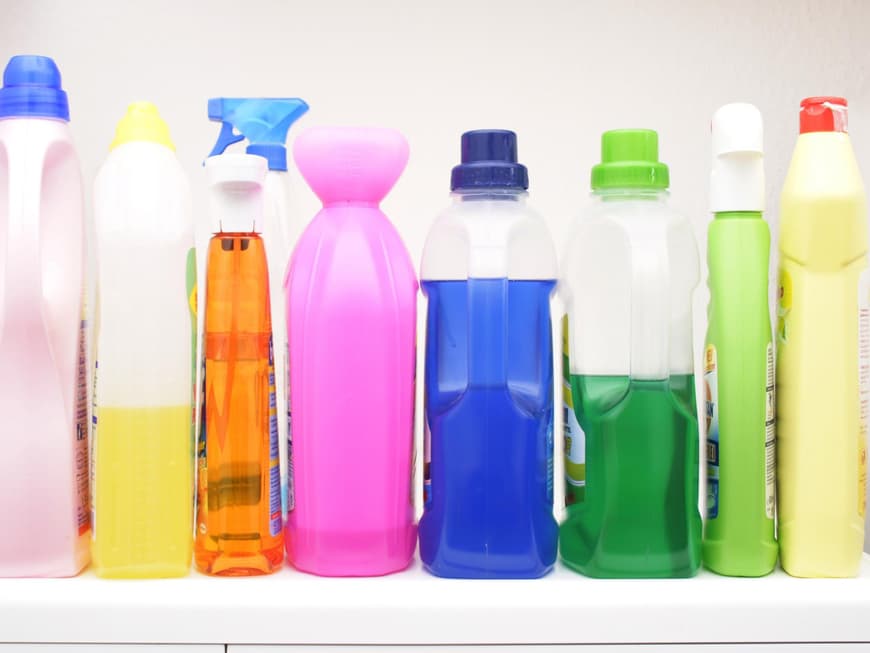
1 Detergent comparison: powder better than liquid detergent
A detergent comparison shows: The grains sometimes leave residue on the clothes - but liquid detergent often leaves a gray haze. And it stays.
2 Good doesn't have to be expensive
Stiftung Warentest chose the brand powder "Ariel Actilift Compact" as the best heavy-duty detergent. However, Lidl's "Formil Ultra Plus" and "Tandil compact" from Aldi Süd were only just behind.
3 Bacteria love powder residues
Clean out the drawer with a piece of kitchen paper after every wash and leave it open for a while to dry.
4 Agents can trigger allergies
Some detergents contain substances such as preservatives that can irritate the skin. According to Ökotest, good detergents for allergy sufferers include "Unamat Ultra-Plus Color", "Persil Color Megaperls" and "Frosch Aloe Vera"
5 Fabric softener can also do harm
It makes towels wonderfully soft. With jeans, however, fabric softener can destroy the fibers. In this case, you should avoid it.
6 Special cloths protect color
Normally, color protection cloths are not necessary. However, they are useful if you put heavily stained clothes in the machine with other items.
7 One detergent is not enough
For 60-degree laundry such as towels, it is essential to use a detergent containing bleach. Color detergent is sufficient for other colored laundry.
8 Expiry dates are often unnecessary
Detergent storage problem: Even if many manufacturers print an expiry date on the detergent, the consumer advice center warns that a lot of powder and liquid detergent is thrown away unnecessarily as a result. Only if the powder is very clumpy or the liquid has dried out a little should you stop using it.
9 Germs only die above 60 degrees
For normally soiled outerwear, 30 degrees is sufficient. Some modern machines even get the laundry clean at 15 degrees. However, underwear, bedding and towels should be washed at a minimum of 40 degrees, preferably 60 degrees. Especially if someone in the family has an infection
10 The wrong dosage eats up energy
Use the right amount of detergent: How much detergent you need depends on how dirty the laundry is. Too much powder consumes more energy and leaves residue on the clothes. So dose cleverly!
Degrees of soiling
Heavy: Heavy stains, for example on kitchen towels, children's clothes or soccer shirts.
Normal: Light stains, for example on sweaty blouses, underwear or towels.
Light: No stains, but some items of clothing have taken on body odor.
